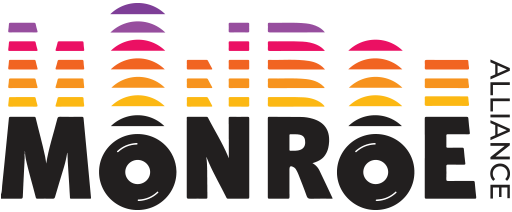How does it work?
All nodes are connected to three MBB providers, and often also to WiFi. This makes MONROE particularly well suited for experimentation with methods that exploit multiple links. In addition to information about network, time and location of experiments, MONROE nodes have built-in support for collecting metadata from the externally connected modems such as cell ID, signal strength, connection mode etc. The measurement results along with metadata are provided as open data in regular intervals. MONROE makes it easy to access the system and schedule experiments on all or a selected subset of the nodes. Since the user access and experiment management system is adapted from FED4FIRE project, MONROE is compliant with all other FIRE facilities.
Potential beneficiaries
- Operators
- With user-level measurements, MONROE will furnish information on service performance problems from users’ perspective.
- Regulators
- Regulators, and society at large, are in need of large-scale independent measurements that assess the stability and performance of MBB networks. These will help them to appropriately adjust the regulations and thus drive the competition.
- Organisations and businesses
- Transport/logistic companies and emergency services depend heavily on the quality of their mobile networks. It can be interesting for them to compare the performance of their on-board WiFi service to that of users’ mobile broadband connections.
- Users and Consumers
- The MONROE platform can help users and consumers to make an informed choice of their network provider.
- Researchers and entrepreneurs
- By evaluating the performance of novel applications and protocols in a real operational setting, an experimental platform is crucial for researchers and innovators.
Case studies
MONROE run a series of Open Calls where external users applied for funding to run experiments. The first one was targeted at researchers, innovators and businesses that depend on MBB networks. The second was opened to all user groups. The platform is now open to all external users. You can read more about in the section “Become a member”.
